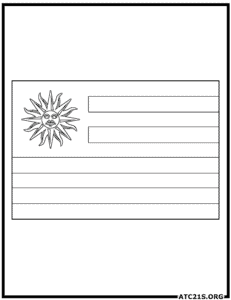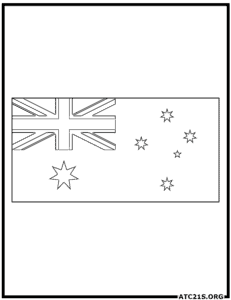Liechtenstein Flag Coloring Page Download
Liechtenstein Flag Description
The flag of Liechtenstein consists of two horizontal bands of blue (top) and red (bottom) with a gold crown centered over the two bands. The flag has a ratio of 3:5, meaning that the height of the flag is three-fifths of its width.
The flag of Liechtenstein has a rich history that dates back to the 18th century. Liechtenstein, a small landlocked country located between Switzerland and Austria, was originally part of the Holy Roman Empire. In 1719, the principality of Liechtenstein was established and granted sovereignty by the Holy Roman Emperor Charles VI. However, it wasn’t until 1806 that Liechtenstein became a fully independent state.
The original flag of Liechtenstein was a simple horizontal tricolor of blue, red, and blue. This design was used from the 18th century until 1937 when the current flag with the crown was adopted. The addition of the crown to the flag symbolizes the close relationship between the royal family of Liechtenstein and the country itself.
The blue and red colors of the flag have historical significance. Blue represents the sky and the mountains that surround Liechtenstein, while red symbolizes the courage and determination of the people. The gold crown represents the sovereignty and the princely status of Liechtenstein.
The flag of Liechtenstein is often used in official and ceremonial occasions, as well as during national holidays and sporting events. It is a symbol of national pride and identity for the people of Liechtenstein.
In conclusion, the flag of Liechtenstein is a horizontal bicolour of blue and red with a gold crown in the center. It has a long history that dates back to the 18th century and represents the sovereignty and princely status of the country. The blue and red colors symbolize the natural beauty and the spirit of the people of Liechtenstein.












